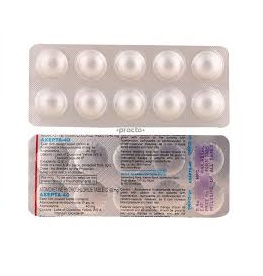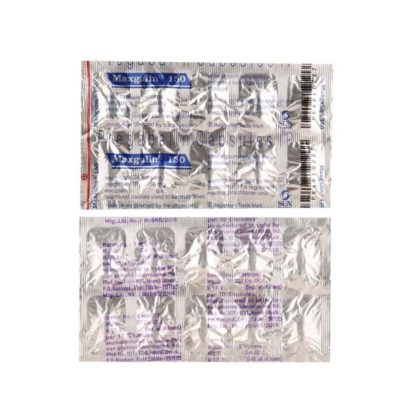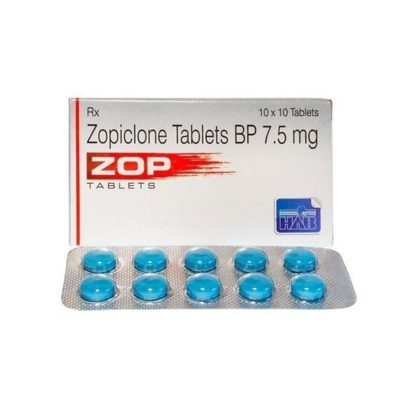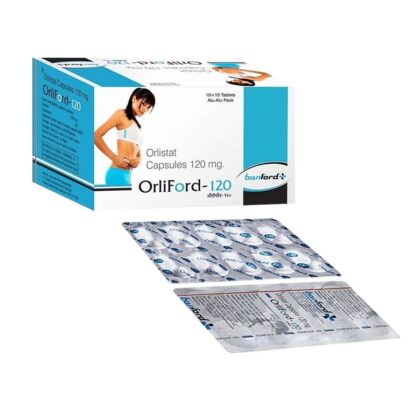What Is Atomoxetine? A Deep Dive into the Non-Stimulant ADHD Medication
Atomoxetine, sold under the brand name Strattera, is a non-stimulant prescription drug approved to treat Attention Deficit Hyperactivity Disorder (ADHD) in both children and adults. Unlike traditional stimulant medications like Adderall or Ritalin, atomoxetine works through a different mechanism and is often chosen for individuals who are sensitive to stimulants or have a history of substance misuse.
Overview and Approval History
Atomoxetine was first approved by the U.S. Food and Drug Administration (FDA) in 2002. It became the first non-stimulant drug specifically authorized for ADHD treatment, offering a new path for patients who couldn’t tolerate stimulants due to side effects, personal health concerns, or regulatory limitations.
The medication is currently approved in many countries around the world, including Canada, the UK, Australia, and Hong Kong.
How Atomoxetine Works
Atomoxetine is a selective norepinephrine reuptake inhibitor (NRI). Instead of increasing dopamine levels (as stimulants do), it raises norepinephrine in the brain by blocking its reabsorption into neurons. This helps improve:
-
Attention span
-
Impulse control
-
Working memory
-
Cognitive focus
Because it doesn’t work on the brain’s dopamine system as strongly, it has a lower risk for abuse and addiction.
Who Might Benefit from Atomoxetine?
Atomoxetine is typically prescribed to:
-
Children and adolescents with ADHD who cannot tolerate stimulant side effects.
-
Adults with ADHD who prefer a longer-acting, non-stimulant option.
-
Individuals with comorbid anxiety, as atomoxetine may reduce symptoms of both ADHD and anxiety.
-
Patients with a history of substance abuse or who are at higher risk of addiction.
It may also be helpful in managing executive functioning deficits such as organization, time management, and emotional regulation.
How Long Does It Take to Work?
Unlike fast-acting stimulants, atomoxetine takes time to reach therapeutic levels. Many users begin to notice improvements in focus and behavior within 2 to 4 weeks, with full effects often observed by 6 to 8 weeks. This slow build-up is due to its mechanism of action and the need for consistent daily dosing.
Advantages of Atomoxetine
-
Non-addictive and not classified as a controlled substance in most countries.
-
Can be taken once daily, with long-lasting effects (up to 24 hours).
-
Fewer sleep disturbances than many stimulant medications.
-
Minimal risk of euphoria, making it less prone to recreational misuse.
-
May improve both ADHD and anxiety symptoms.
Possible Side Effects
As with any medication, atomoxetine comes with potential side effects. Common ones include:
-
Nausea or upset stomach
-
Dry mouth
-
Decreased appetite
-
Fatigue or drowsiness
-
Mood swings or irritability
-
Trouble sleeping
Less common but more serious side effects may include liver injury, suicidal thoughts (especially in younger patients), and changes in blood pressure or heart rate. Regular medical follow-ups are advised during treatment.
Alternatives to Atomoxetine
1. Stimulant Medications (First-Line ADHD Treatments)
These are often more effective and faster-acting than atomoxetine but come with a higher risk of dependence.
Methylphenidate-based Medications
-
Examples: Ritalin, Concerta, Focalin, Daytrana
-
How they work: Increase dopamine and norepinephrine in the brain.
-
Onset: Typically within 30–60 minutes.
-
Duration: 4–12 hours depending on the formulation.
Amphetamine-based Medications
-
Examples: Adderall, Vyvanse (lisdexamfetamine), Dexedrine, Evekeo
-
How they work: Similar to methylphenidate but often longer-lasting and slightly more potent.
-
Onset: 20–60 minutes.
-
Duration: 6–14 hours depending on the drug and format.
🟨 Note: These are controlled substances in many countries (including Hong Kong, UK, USA) and may not be suitable for individuals with a history of substance use.
2. Non-Stimulant Medications (Like Atomoxetine)
Guanfacine (Intuniv)
-
Type: Alpha-2 adrenergic agonist.
-
Best for: Children with hyperactivity and impulsivity; those with anxiety or tics.
-
Pros: Improves sleep; once-daily dosing.
-
Cons: May cause fatigue, dizziness, or blood pressure changes.
Clonidine (Kapvay)
-
Similar to: Guanfacine, but often shorter-acting.
-
Uses: ADHD and sleep issues.
-
Side effects: Sedation, low blood pressure.
Bupropion (Wellbutrin)
-
Type: Norepinephrine-dopamine reuptake inhibitor (NDRI).
-
Use: Off-label for ADHD, especially in adults with depression.
-
Pros: Can treat multiple conditions.
-
Cons: May raise anxiety or risk of seizures in some users.
Modafinil / Armodafinil
-
Use: Off-label for ADHD, narcolepsy, cognitive enhancement.
-
Legal Status: Prescription-only or restricted in many countries.
-
Pros: Long-lasting wakefulness and attention enhancement.
-
Cons: Not approved specifically for ADHD; can disrupt sleep if taken late.
Choosing the Right Option
-
Stimulants: Best for fast, strong symptom control.
-
Atomoxetine: Best for long-term, consistent symptom management without addiction risk.
-
Guanfacine/Clonidine: Good if hyperactivity or sleep issues are also present.
-
Bupropion: Consider if depression is a factor.
-
Modafinil: A strong but off-label option, often used when stimulants aren’t tolerated or permitted.
Comparison with Stimulants
|
Feature |
Atomoxetine |
Adderall/Ritalin (Stimulants) |
|---|---|---|
|
Type |
Non-stimulant |
Stimulant |
|
Risk of Abuse |
Very low |
Moderate to high |
|
Onset of Action |
2–4 weeks |
30–60 minutes |
|
Duration |
~24 hours |
4–12 hours (varies) |
|
Controlled Substance? |
No |
Yes |
|
Affects Dopamine? |
Slightly |
Yes |
|
Ideal For |
Anxiety, SUD risk |
Rapid symptom relief |






Reviews
There are no reviews yet.